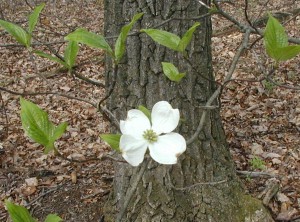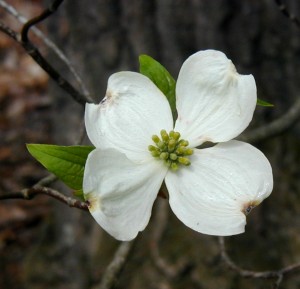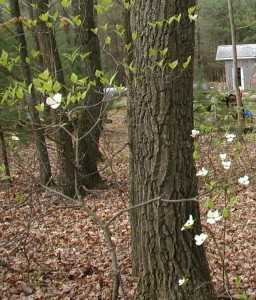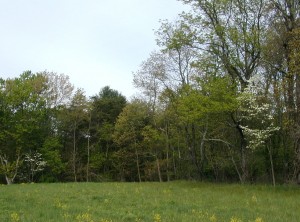The flowers and trees seem to still be ahead of schedule this year. The very warm start to Spring that we experienced must have really pushed them hard. Plants that are usually May-flowering were already going strong and maybe three weeks ahead of “normal”.
In the last two weeks of April the lilacs were blooming in their purple and white. Dogwood and Redbud trees had very long bloom times this year. About a week’s worth of blooms seems typical due to the usual rainy and windy spring weather that knocks down blossoms and petals, but this year so far has been a little different.



Dogwood trees were exceptional this year and they bloomed for two weeks or longer. From about the 10th of April through the end of the month we saw the pretty four-petaled tree flowers all over central Pennsylvania.
Flowers bloom at set times of the year according to temperature and daylight conditions. It may be practical to remember when a certain flower blooms according to what the general population is doing and not merely using the calendar.
Following the calendar for “normal” bloom times this year would have resulted in us missing a lot of flowers blooming. Most plants started their spring development about three weeks earlier than normal in 2012, so thinking about relative bloom times would be more fruitful.
For example, two early Spring white-flowering trees may be confused when seen at a distance. (OK, if you can recognize the shapes or outlines of these trees, it’s a moot point.) The example below is about relative bloom times, not identifying spring-blooming trees in themselves.

Dogwood trees blossom a little later than serviceberry trees. Serviceberries bloom when practically no leaves are on the trees. It doesn’t matter if all the trees, in general, are leafing-in early or late compared to the average bloom times. Dogwoods bloom when most of the hardwood trees have at least some leaves developed, and they may continue to bloom until the leaves are about 50% of their full-grown size. Dogwood trees flower after the serviceberry blossoms have blown away.
Picking up clues from the surrounding vegetation can help us learn about the flowering times of certain plants. Remember that each plant is part of a community, and it’s the relationships of all the inhabitants of the community that make it work.